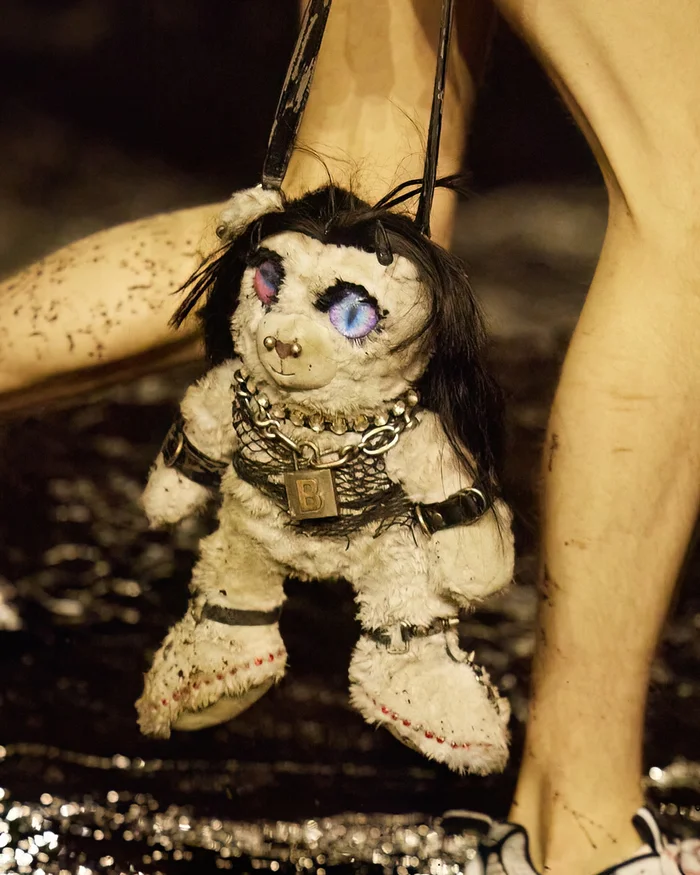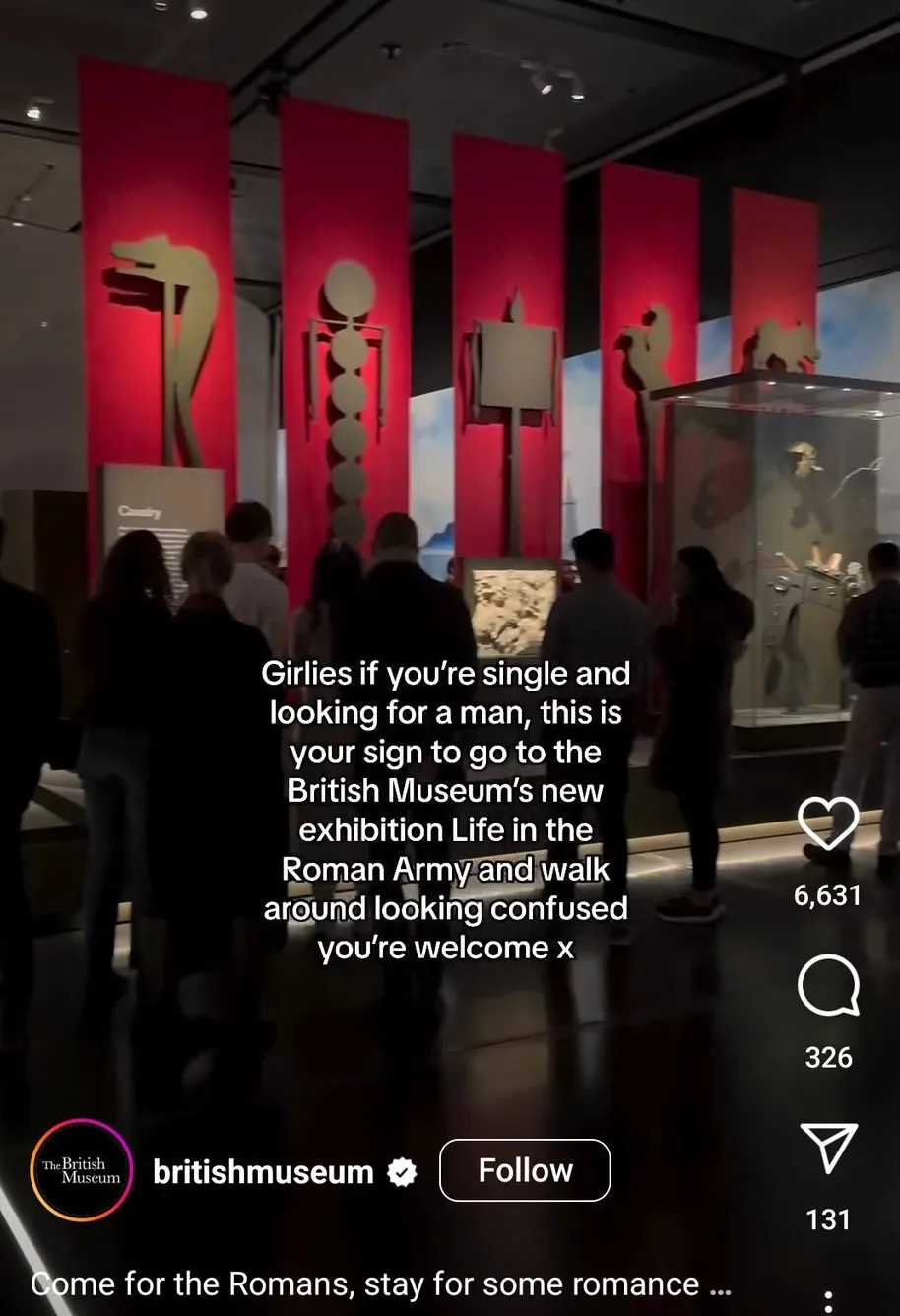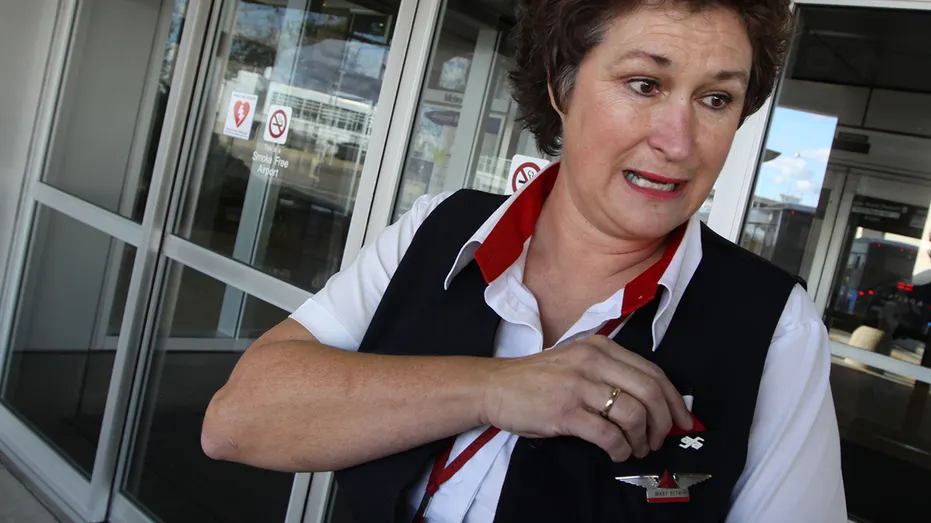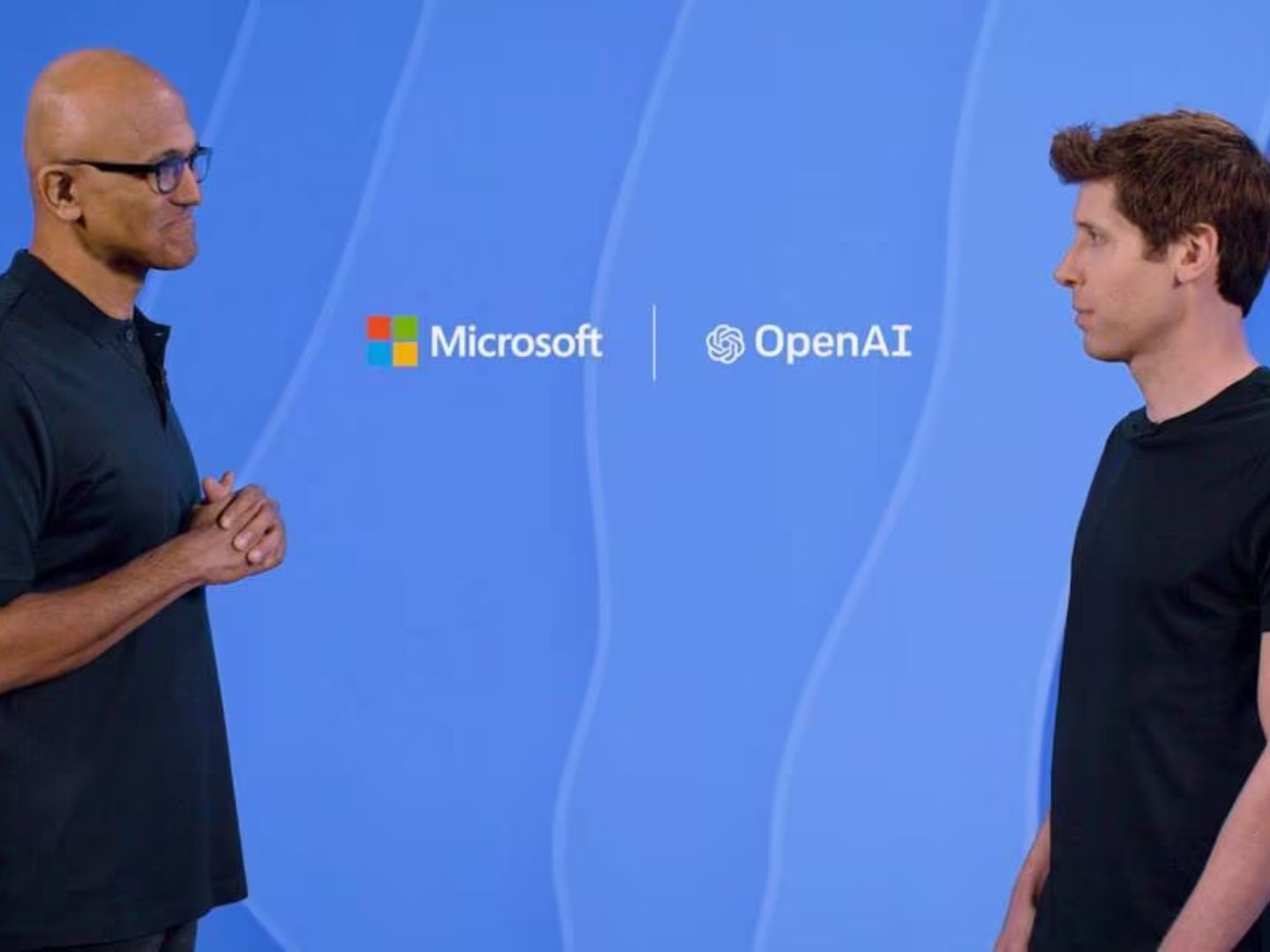We are excited to announce our $2M seed round led by Joa Capital.
Read Now

October 19, 2025
Syed Mohammad Sharfuzzaman Nayeem
Social media is no longer just a promotional channel; it's where customers experience your brand. From product discovery to customer service and crisis response, platforms like TikTok, Instagram, and X (formerly Twitter) have become the public square for brand conversations.
That’s why the cost of a social media crisis is steeper than ever. A single misstep can destroy hard-earned trust, tank revenue, or incite public backlash. Poorly managed social media crisis management doesn't just cause short-term damage—it affects long-term brand reputation.
The best defense? Be prepared. Stay human, stay fast, and stay accountable.
In today’s hyper-connected world, a single post can build a brand or break it. A social media crisis can arise from tone-deaf content, influencer missteps, technical failures, or insensitive leadership remarks. In 2025, crisis management is no longer optional. It is a vital pillar of brand strategy.
Here are 10 social media crisis examples that brands faced and what we can learn from how they handled them. Whether you run a global enterprise or a local startup, these lessons are universal.

Crisis: Balenciaga ran an ad campaign showing children holding teddy bears in bondage gear. Social media users accused the brand of sexualizing children.
Impact: Lost 100,000 Instagram followers, was removed from the Lyst Index’s top 10, and suffered major reputation damage.
Response: Initially denied responsibility and blamed the production company. After backlash, they issued apologies and implemented new content review protocols.
Lesson: Own your mistakes fast. A delayed response fuels outrage. Use top leadership in your apology.

Crisis: Posted a meme referencing a TikTok trend that came across as sexist and unprofessional.
Response: Initially defended the post. Eventually deleted it and apologized.
Lesson: What works on one platform may offend on another. Vet your jokes. Don’t defend poor judgment, just apologize.

Crisis: A Delta social media manager called Palestinian flag pins "terrifying," sparking backlash.
Response: Deleted the comment, apologized, and introduced a new no-pin policy. Critics accused them of overcorrecting.
Lesson: Your social media team can create a crisis in seconds. Train them. Vet responses. Don’t make policies during damage control.

Crisis: CEO Gary Pilnick suggested families eat cereal for dinner to save money. Accused of being tone-deaf during economic hardship.
Response: No immediate comment. The silence allowed the backlash to snowball.
Lesson: Don’t let silence define your brand. Fast response is key in social media crisis management.

Crisis: CEO Sam Altman was fired, then re-hired within a month. No clear explanation from the board.
Response: Poor communication, vague statements, no PR team involved. Microsoft almost poached the whole team.
Lesson: Involve your PR team in leadership crises. Be transparent. Control your narrative before others do.

Crisis: Partnered with transgender influencer Dylan Mulvaney. Faced conservative backlash and boycott calls.
Response: Released a lukewarm statement and seemed to distance themselves from the campaign. The public viewed it as weak support.
Lesson: Stand by your campaign or risk losing both sides. Consistency matters in social media crisis management.

Crisis: Website crashed during the Eras Tour ticket sale. Fans lost access and voiced outrage.
Response: Apologized late. No clear next steps provided. Social trust dropped.
Lesson: Technical crises need immediate action. Own the issue. Offer real solutions fast.

Crisis: Six workers died in a warehouse during a tornado. Reports claimed employees were forced to keep working.
Response: Delayed CEO response. The apology felt superficial.
Lesson: A crisis involving human lives demands urgency and empathy. Transparency is non-negotiable.

Crisis: Viral TikToks falsely claimed harmful ingredients in their products.
Response: Created a transparency policy, used TikTok to post rebuttals, and partnered with creators to correct misinformation.
Lesson: Meet misinformation on the platform where it spreads. Be transparent and proactive.

Crisis: Founder John Schnatter used a racial slur during a PR call.
Response: Resigned as chairman. Brand launched third-party audits and inclusive campaigns.
Lesson: One leader’s misstep can burn a brand. Own it fast. Back up apologies with action.
Every brand should have a social media crisis management playbook. Preparation is not optional—it's survival. Here’s how to get started:
From cultural insensitivity to leadership failures and viral misinformation, these social media crisis examples show that no brand is immune. But what separates success from disaster is how you respond.
Invest in real-time monitoring tools, train your social teams, and never underestimate the power of a fast, authentic apology.
Finally, stay updated with what’s new in the world of social listening.
Discover How Audience Intelligence can help your brand grow